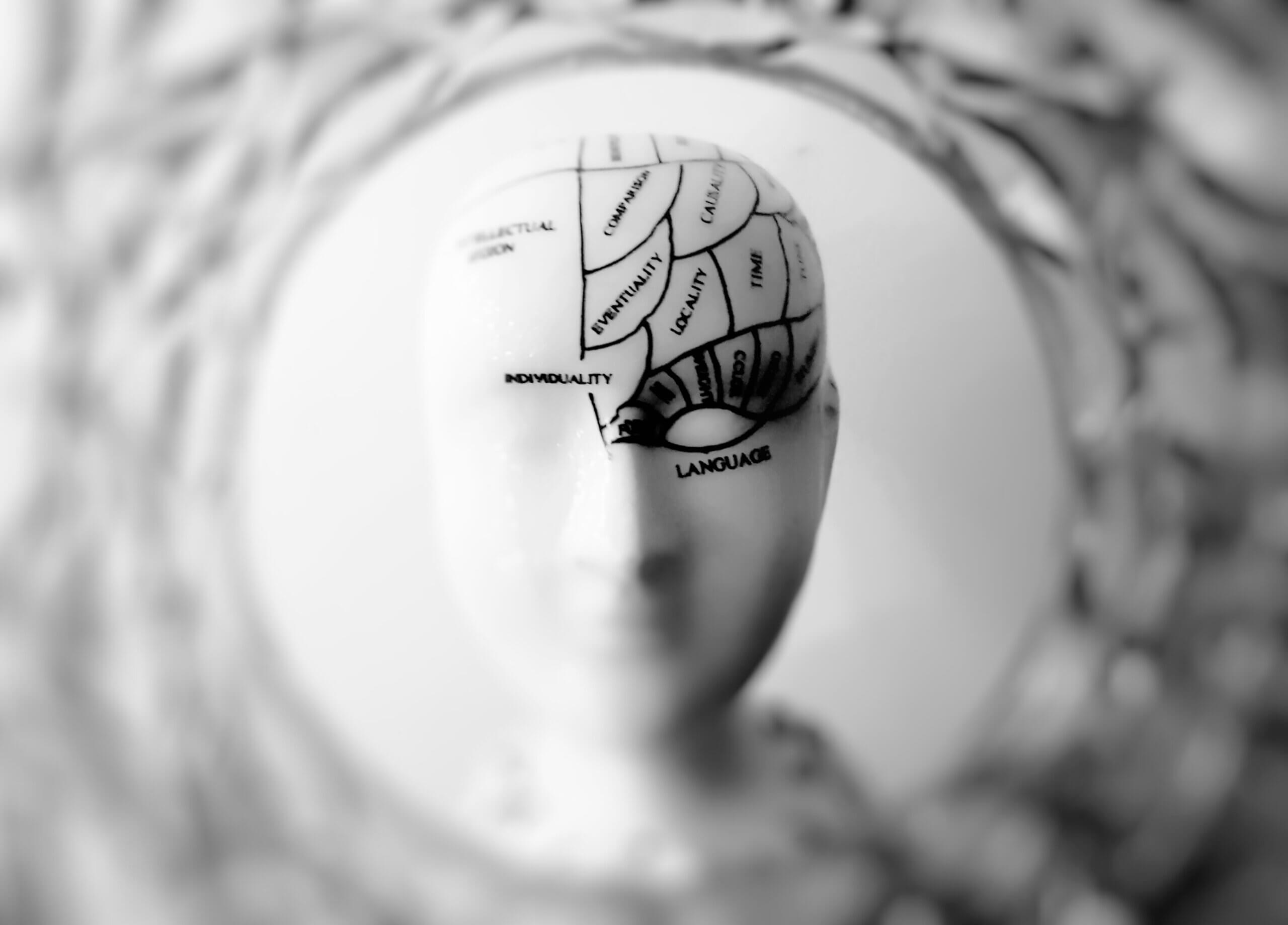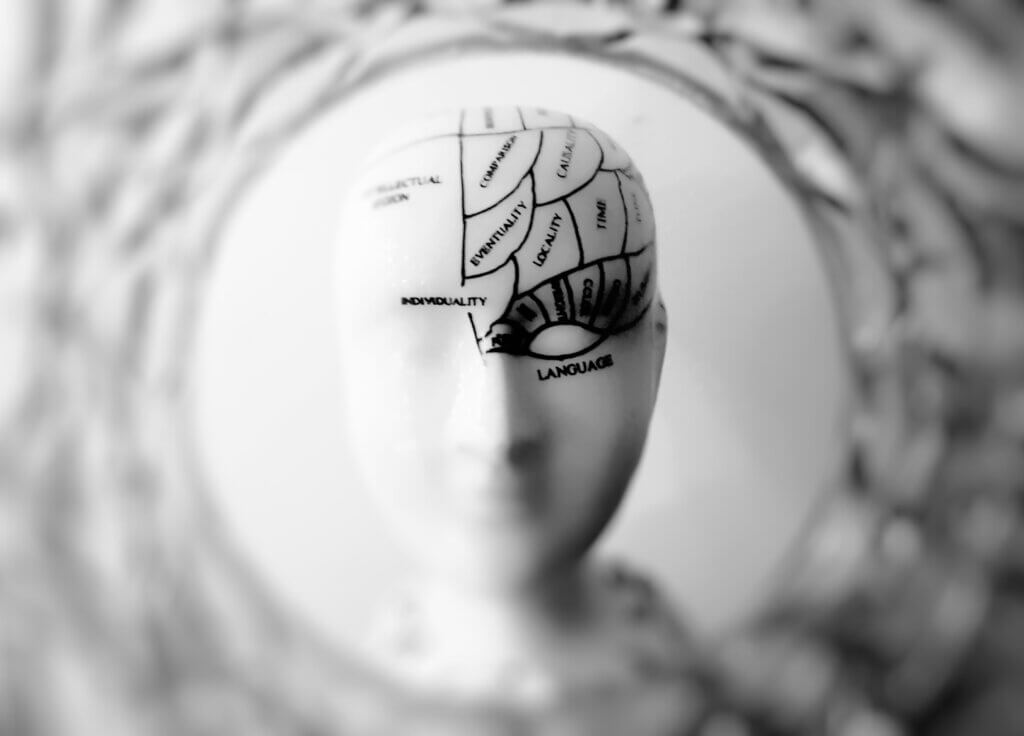Cracking the Code: How Special Brain Cells May Hold the Key to Slowing Alzheimer’s
Hey there, young scientists! We’ve got some exciting news from the world of medical research. You’ve probably heard about Alzheimer’s disease, a condition that affects millions of people and causes problems with memory and thinking. Well, scientists at St. Jude Children’s Research Hospital have made a groundbreaking discovery that could help slow down this disease.
In Alzheimer’s, there’s this stuff called beta-amyloid plaques that build up in the brain and make things go haywire. Think of them as tiny troublemakers. These plaques are a big part of what makes Alzheimer’s so challenging. But guess what? The clever scientists at St. Jude have found a group of special cells that might just be our allies in the fight against Alzheimer’s.
Meet the Microglia and CD8+ T Cells
First, let’s talk about microglia. These are like the brain’s janitors. They’re responsible for cleaning up those troublesome beta-amyloid plaques. But as Alzheimer’s progresses, microglia can get confused and start causing more problems than they solve. It’s like the janitors going on strike and making a mess.
Now, here’s where it gets exciting. The St. Jude team discovered another group of cells called CD8+ T cells. These cells are like the brain’s security guards, and they can help microglia do their job correctly. It’s as if they step in to keep the peace.
The Handshake of Protection
The scientists found out that CD8+ T cells have a protein called CXCR6 on their surface. This protein shakes hands with another protein called CXCL16, which is found on microglia. This handshake between the two proteins helps CD8+ T cells and microglia communicate and work together to stop the brain from getting too inflamed.
Imagine if you could shake hands with someone and make them stop causing trouble – that’s basically what’s happening at a microscopic level in the brain!
When the CD8+ T cells do their job and make this handshake happen, it slows down the growth of beta-amyloid plaques and, in turn, helps preserve our memory and thinking abilities.
The Promise of Future Treatments
Now, here’s the exciting part: if we can figure out more about how these CD8+ T cells and their handshake work, we might be able to develop new treatments for Alzheimer’s disease. It’s like finding a secret weapon in the battle against memory loss.
But it’s not all straightforward. The role of these immune cells in Alzheimer’s is pretty complex. Some T cells can make things worse, while others, like the CD8+ T cells, can make things better. So, scientists still have a lot to learn.
In a Nutshell
Here’s the big takeaway: our brains have an amazing defense system made up of microglia and CD8+ T cells. These cells can team up to protect us from the effects of Alzheimer’s disease. Understanding how they work together and finding ways to support them could be the key to slowing down this challenging condition.
So, keep your eyes on the world of science because who knows, one day, you might be the one to unlock the secrets of Alzheimer’s and change the lives of millions of people! 🧠🔬💪













